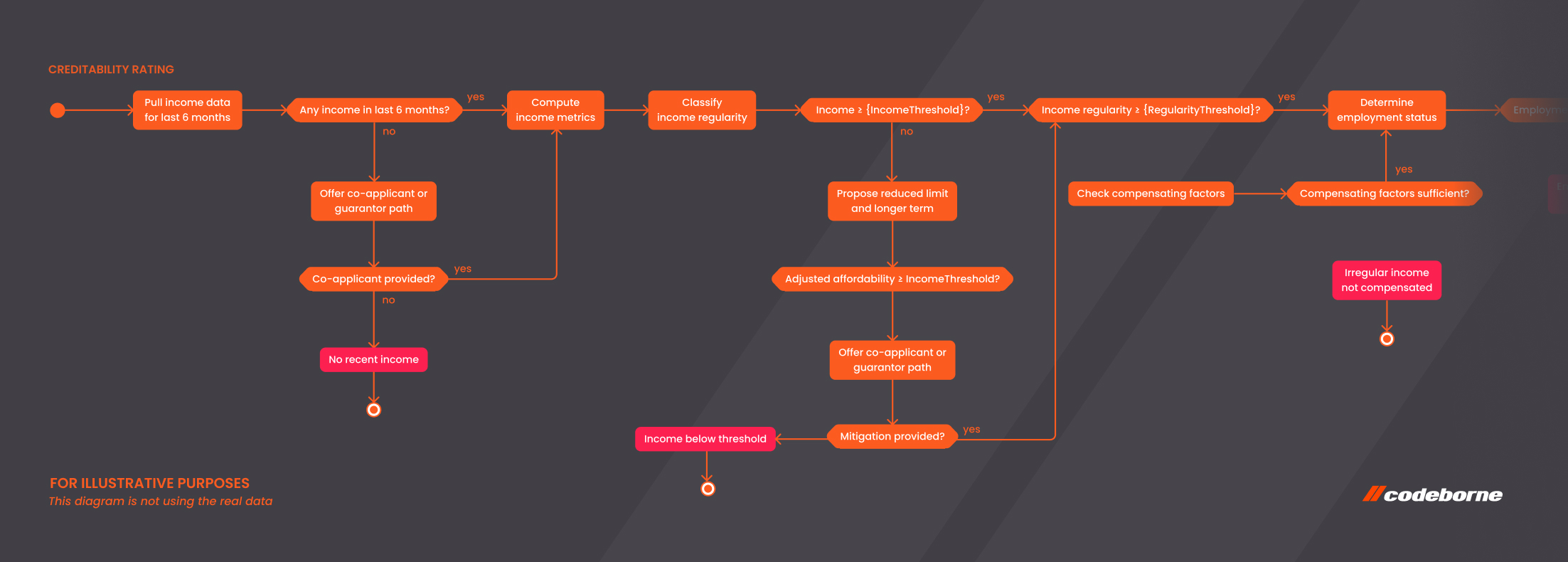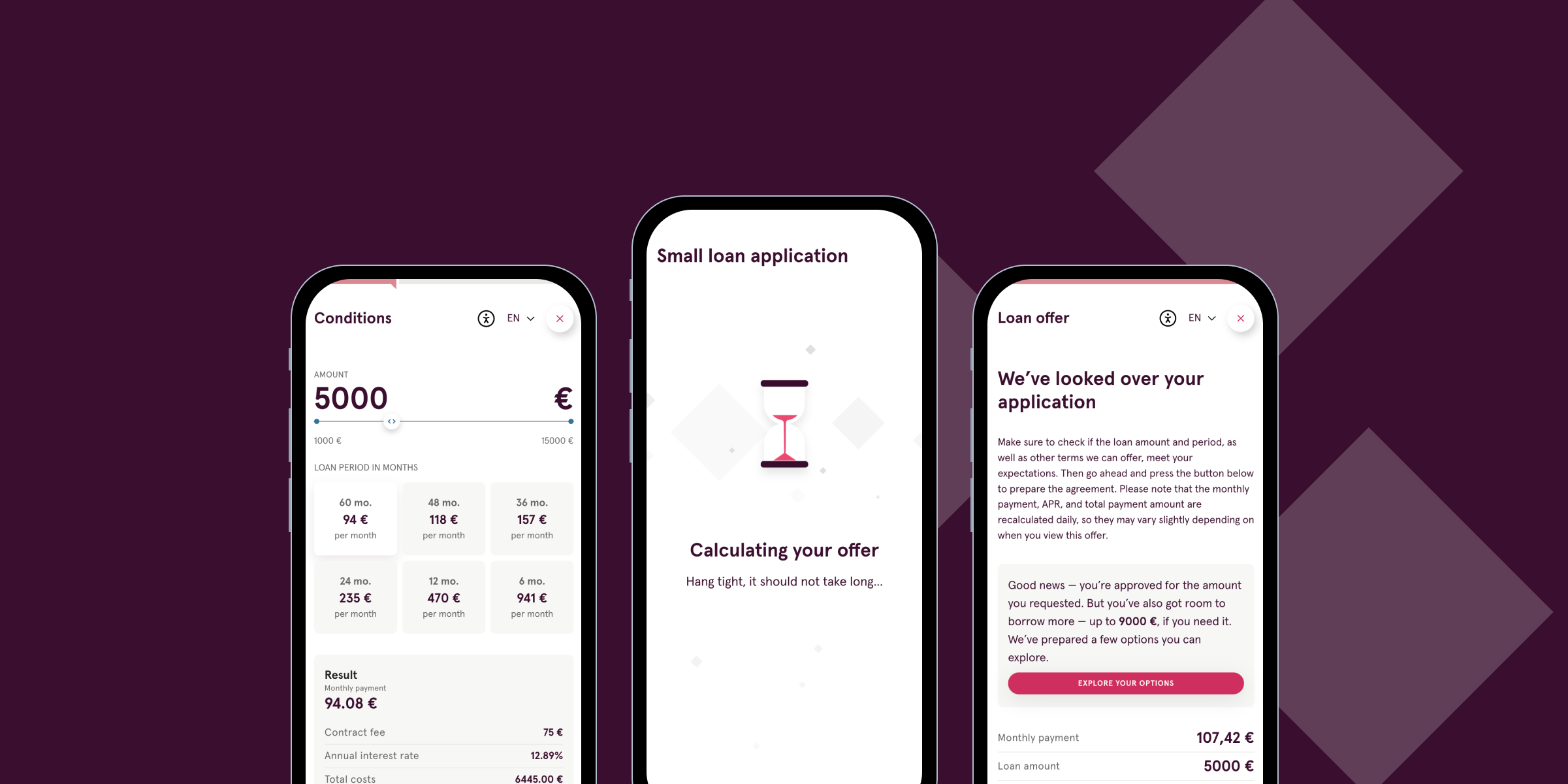
Not only a Java house - what has changed?
In the past four years, the technological landscape at Codeborne has evolved significantly.
Here’s a closer look at the key changes, as shared by our team, since our original 2020 post, “Not Only a Java House”.
Languages
Andrei - TypeScript has become more popular and Java is still here alongside Kotlin
TypeScript is an excellent language, and I’m surprised we didn’t use it earlier—it leads to fewer bugs. For any new project, I’d definitely choose it.
Kotlin, in many ways, feels like TypeScript next to JavaScript. That said, Java isn’t going anywhere. Its global popularity and reputation for stability ensure it remains popular. Java is undoubtedly more widely adopted worldwide than Kotlin. I think that one major reason companies often stick with Java is the fear that finding skilled Kotlin developers might be challenging. Additionally, Java’s long-standing stability gives it a strong reputation in the industry.
On the mobile development front, we’ve been creating native apps since 2019, while our experience with hybrid app development dates back to 2014. Today, this dual expertise remains integral to our workflow as we continue to leverage both native and hybrid approaches to meet diverse project needs.
Server
Klite - New by Codeborne
Much like Selenide, Klite emerged from our own projects. It’s a lightweight Kotlin framework designed to simplify and accelerate backend development, offering a strong alternative to Spring Boot. We’ve done many projects using it and even transitioned our interns to using Kotlin with Klite. Their experience saying that the learning curve has proven to be no steeper than it would have been with Java.
UI frameworks
Anton – Svelte vs. Vue
The rise of Svelte has been a game-changer for us, surpassing Vue in popularity within the team. What makes Svelte such a great framework is how close it feels to native HTML, it’s simpler to learn, ideal for beginners, and includes built-in styling. Our own Svelte samples - component library significantly boosted our Svelte usage. We’ve even migrated projects from React and Vue to Svelte, finding that with AI assistance, medium-sized projects can be converted efficiently, resulting in smaller, cleaner codebases.
UI and Tailwind
Erkki
Tailwind CSS has risen as our new standard for styling, replacing previous CSS approaches. Tailwind integrates seamlessly with our modular components, it allows us to manage styles easily within components, and only the styles we use make it into the final output—no bloat. Tailwind also simplifies responsive design, making it a more compact and flexible solution compared to Bootstrap. For prototyping, Tailwind speeds up workflows and reduces reliance on design tools, allowing for faster iteration.
Databases
Platforms and services
Build environments
Messaging
Testing
AI’s role in development
4 years ago artificial intelligence wasn’t nowhere in sight. Now has become a significant part of our workflow, transforming how we approach coding and design challenges.
Vlad – AI as a research buddy
AI has replaced Google Search in many cases. Large Language Models (LLMs) provide broader answers, even if you don’t know the exact question to ask. While LLMs are invaluable for finding information, they can occasionally produce suboptimal code examples. For beginners, this can create a false sense of competence, leading to frustration when solutions don’t work as expected.
Helen – UX/UI and AI
I use AI for translation, text creation, paraphrasing, and brainstorming ideas. GPT-based tools provide examples, practices, and inspiration for solving design problems. I also use AI for debugging and generating code snippets, making it easier to get started on complex ideas or tackle syntax issues.
Miša – Practical problem solving with AI
For app widgets or unfamiliar tasks, AI helps by providing a sequence of steps to follow. Trial and error is still involved, but it speeds up the process significantly.
Despite its benefits, Miša notes that AI works best as an assistant rather than a decision-maker. It’s akin to a junior developer with extensive theoretical knowledge but limited hands-on experience.
Conclusion – Always changing, always learning
The past few years have shown us that technology never stands still. New tools, frameworks, and approaches continually shape how we work.
If you are interested in trying out new technologies then join us at jobs@codeborne.com and get in on the fun
Our recent stories
“Backing up” a good product owner
One of the key players in most successful agile projects is a product owner, at least in Codeborne’s practice. Our practice stretches for more than 15 years, during which we have successfully delivered over 100 projects.
Unleashing the power - How Creos partnered with Codeborne to change Luxembourg's energy sector
Creos Luxembourg involved Codeborne in its journey to modernize Luxembourg’s energy sector
Consumer loan system - live in 6 months
Our customer, Luminor, a bank formed from the merger of Nordea’s and DNB’s Baltic operations, sought to modernize its systems.


